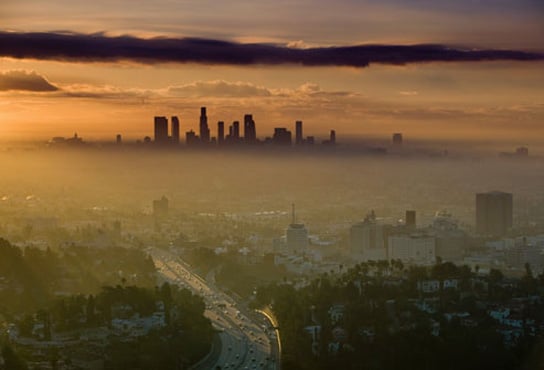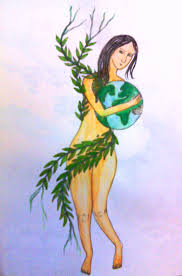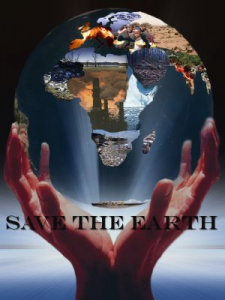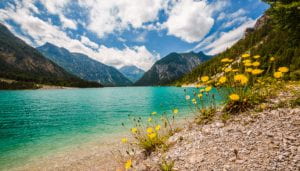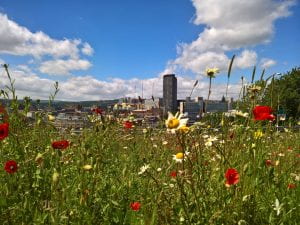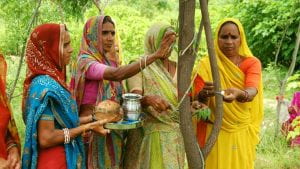The reading by York and Norgaard, “Gender Equality and State Environmentalism” is about the relationship between women in politics and the environment. They discussed their findings, and they found that their results matched the ecofeminist theories. They found that, “societies with greater representation of women in Parliament are more prone to ratify environmental treaties” (512). They also found that, “women have more pro-environmental values, are more risk averse, and participate more frequently in environmental movements than do men” (514). In addition to that, “gender differences in environmental concern, risk perception, and social movement participation—heavily studied in themselves—may have broader social implications, such as potentially influencing state policy” (514). These all suggest that women and nature are interconnected. Like the reading said, there is no specific explanation as to why women are more connected to nature than men, but we keep seeing signs that lead us to think that this is true.
Basically, what their findings mean is that if we have gender equality, we can have a better environment because gender equality would mean that women are fully integrated into society, and since women support environmentalism, then this would be a positive advancement for our planet. It was proven that countries where women are involved in politics have better laws for the environment. This is because those women advocate for those laws and those women are heard. For example, Denmark is #2 on the rank for gender equality, and #3 on the rank for state environmentalism (512). These numbers make sense because according to the findings, when women are more involved in society, the nation’s environment is in better shape. Therefore, the fact that Denmark is #2 for gender equality and #3 for state environmentalism is not a coincidence.
A recent example of women in political power advocating for the environment is Sanna Marin, “the millennial feminist environmentalist who had just become prime minister” (“How a Millennial Prime Minister Is Leading Finland Through Crisis”, Rachel Donadio). She became prime minister when the coronavirus was just starting in China and none of us were really too concerned. This is definitely a tough time for someone to go into power because of all the difficult decisions being made during a time like this. However, she has still advocated for the things that she believes in, one of them being climate change. “Finland wants to lead the way in fighting climate change, with a goal to become carbon neutral by 2035. ‘It’s very ambitious, but I think we can manage it.’” The author, Donadio, continues to say, “Climate is the issue that brought Marin to politics at 20. ‘I think it was the frustration of noticing that the older generation didn’t realize how important it is.’” In other words, Marin had a passion for the environment long before she was involved in politics, which can be traced back to what York and Norgaard reported in their findings; women have a stronger attachment to nature and having them in power can be positive for the environment.
Having Marin as prime minister of Finland will benefit this country because she has knowledge about environmental issues, and she cares about the matter. Therefore, they have a greater chance of reaching their goal of becoming carbon neutral by 2035 because she will push for this. In addition to that, this shows that Finland has gender equality because a woman is able to occupy this position and bring change to her country. Another example of women in politics advocating for environmentalism is Alexandria Ocasio-Cortez, whose campaign was centered on climate change and a Green New Deal. Ocasio-Cortez “aims to develop a carbon-neutral economy in 10 years, which would require huge strides in reducing the US’s reliance on oil, gas and coal” (“Green New Deal: Ocasio-Cortez unveils bold plan to fight climate change”, The Guardian). The fact that she centered her campaign on this issue should be enough for us to see how important this issue is to her. Once again, this proves that women are more concerned than men with the topic of climate change and the environment in general. Ocasio-Cortez has an entire group of women who support her on this matter and get together to protest for the Green New Deal.
This image is showing the top 10 countries where women have the most freedom and equality
US News has a top 10 list of the countries that care most about the environment, which also lists countries like Finland, Belgium, Denmark, Sweden, and Norway. There is a correlation that can be made here; the list of the top 10 countries with the most gender equality also lists these countries. This matches what York and Norgaard found in their study, that countries that treat women equally have better environmental health.
Works Cited
Donadio, R. (2020, April 1). How a Millennial Prime Minister Is Leading Finland Through Crisis.
This article is about a female prime minister in Finland who is making great improvements in the country by raising awareness about climate change. She has been involved in environmentalism long before becoming a politician, therefore she has great knowledge about the topic and will use that knowledge and passion to make her country a greener place. This article also describes her everyday life as a mother and as a normal woman.
Holden, E., & Gambino, L. (2019, February 7). Green New Deal: Ocasio-Cortez unveils bold plan to fight climate change.
This article is about Alexandria Ocasio-Cortez, a female politician in the USA who is also trying to raise awareness on climate change. She is also an activist on this matter and has many female supporters on her side. She has an environmental plan that she wants to develop in 10 years.
Norgaard, K., & York, R. (2005, August). Gender Equality And State Environmentalism.
This article is a study by Norgaard and York, where they prove that women are highly attached to nature, therefore their participation in politics can bring positive changes to the environment because most women are concerned about climate change and similar problems that men do not seem to care about as much. They agreed that ecofeminist theories about women being closer to nature than men are true and that if we integrate women into society as equals, then we can thrive.
Radu, S. (2019, April 17). The 10 Countries That Care Most About the Environment, Ranked by Perception.
This is the ranking of 10 countries that care the most about the environment. I found that many of these countries are also listed on the top 10 countries with the most gender equality. This relates to the data on the image that I chose.



